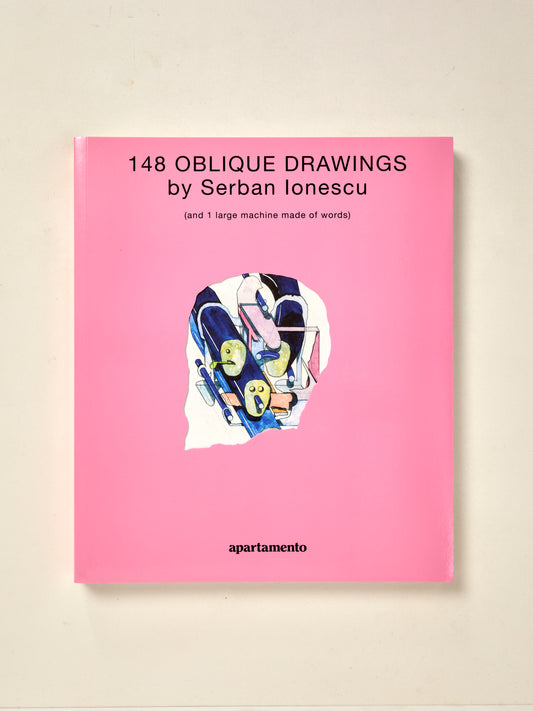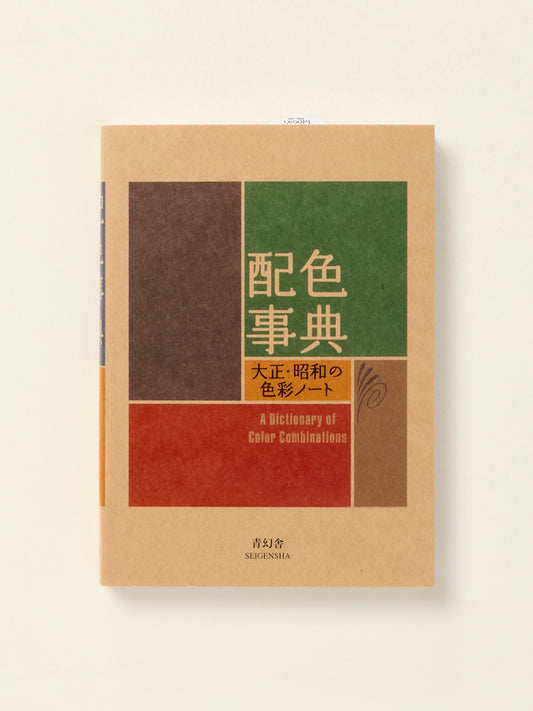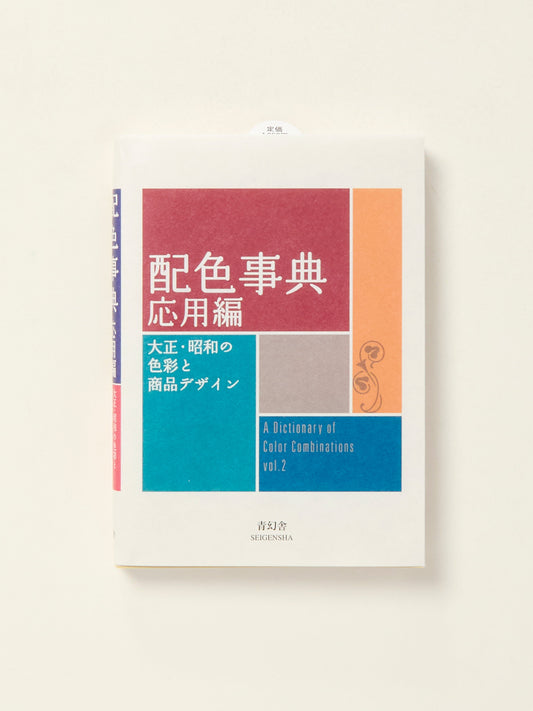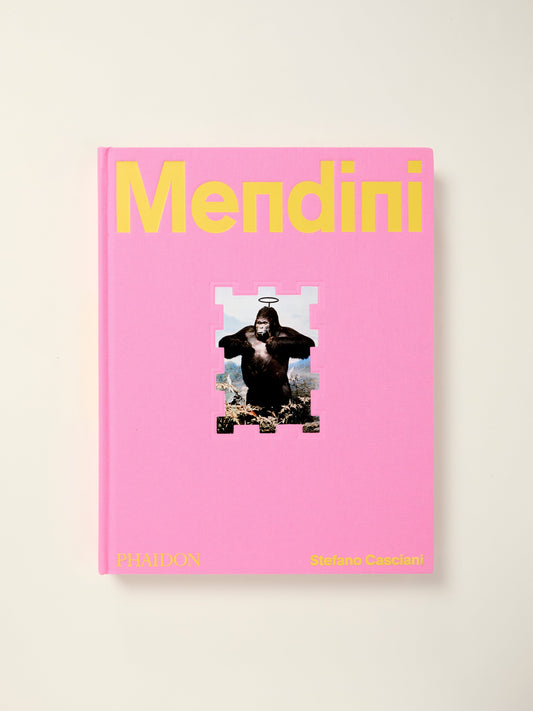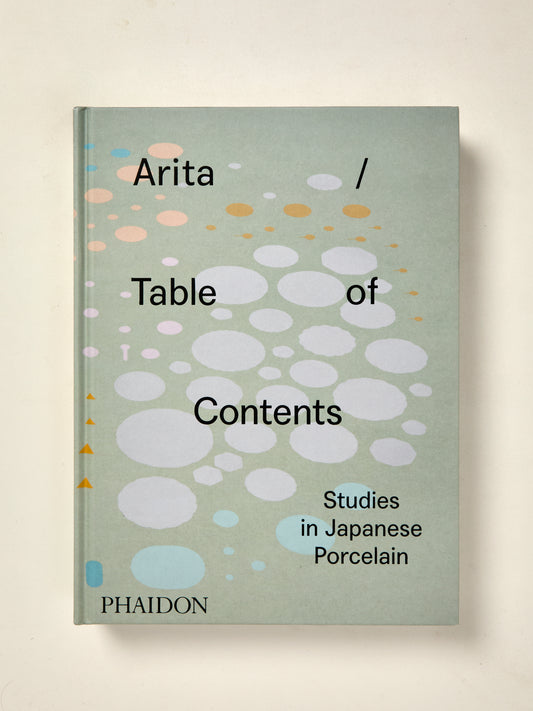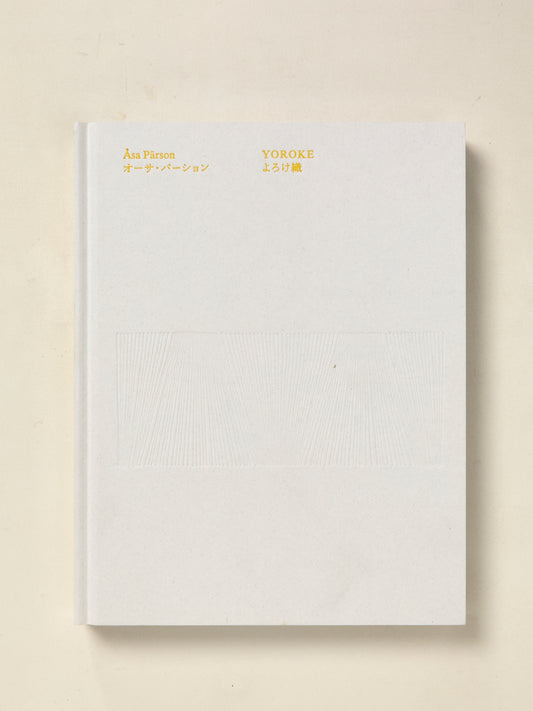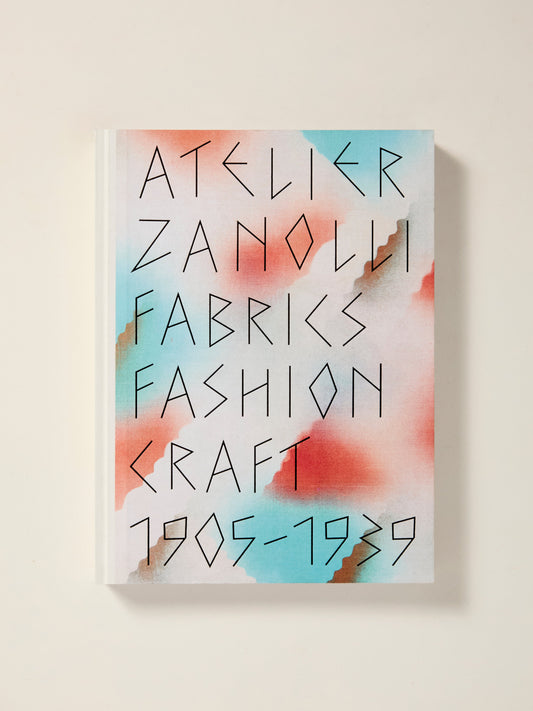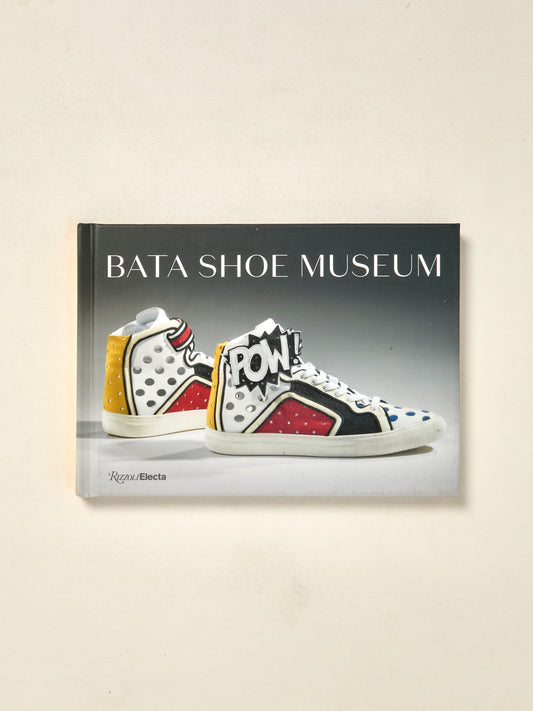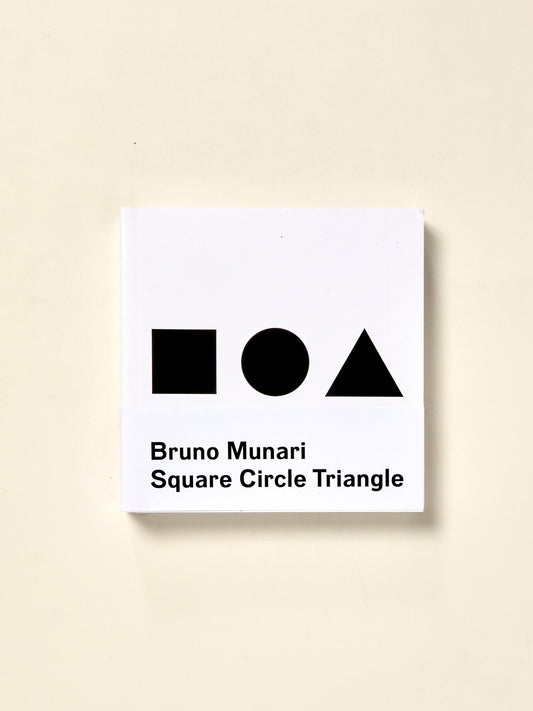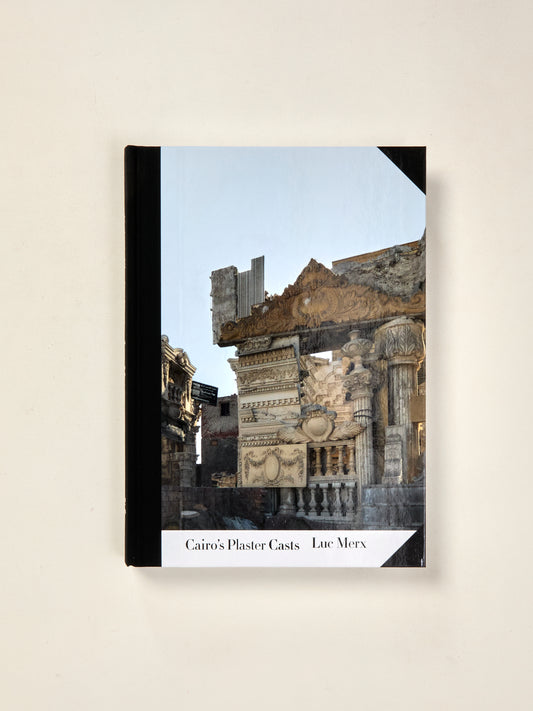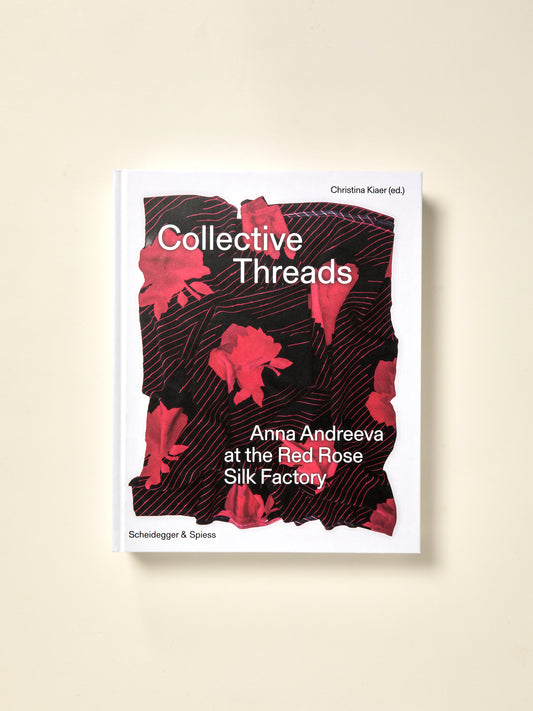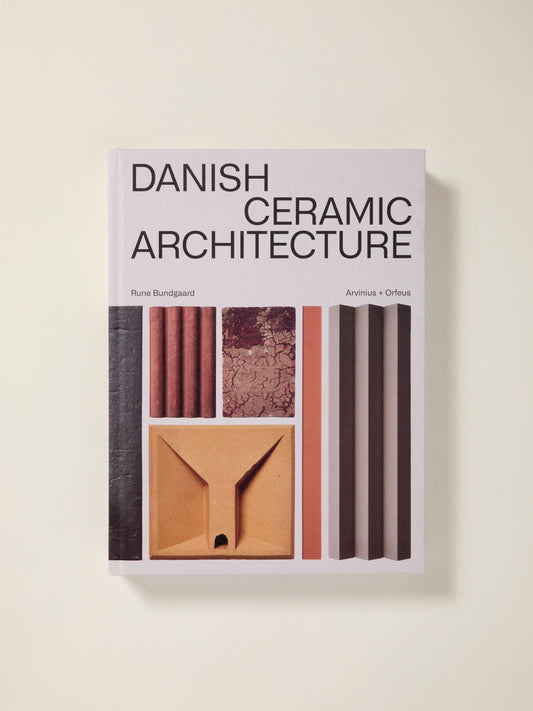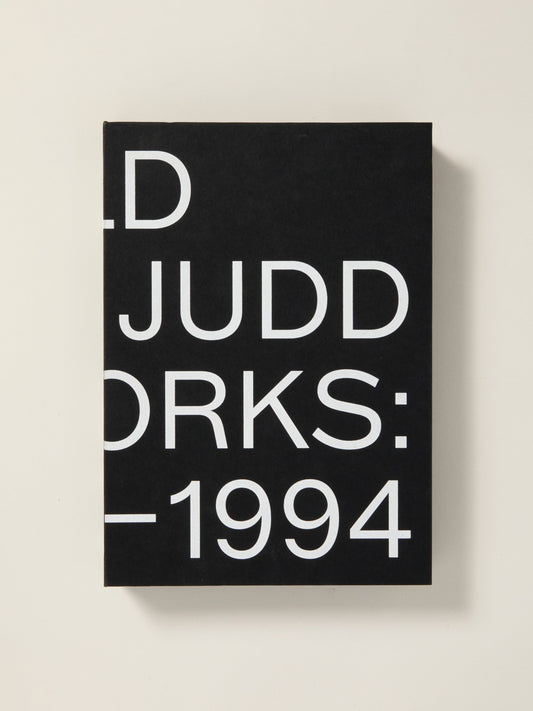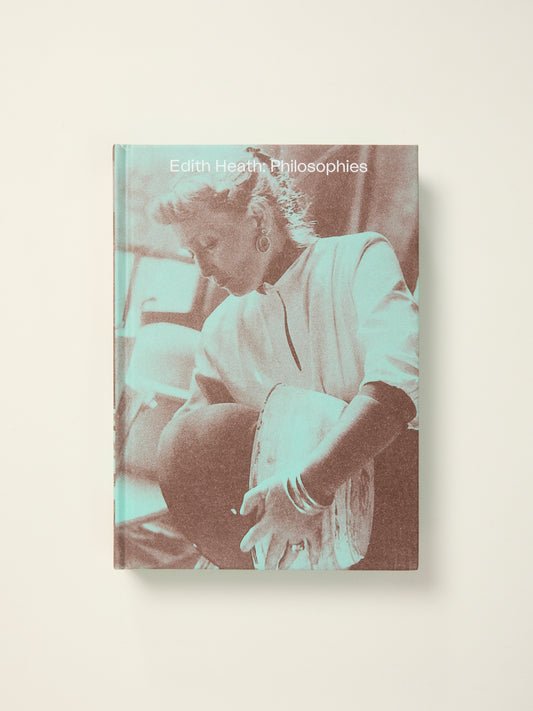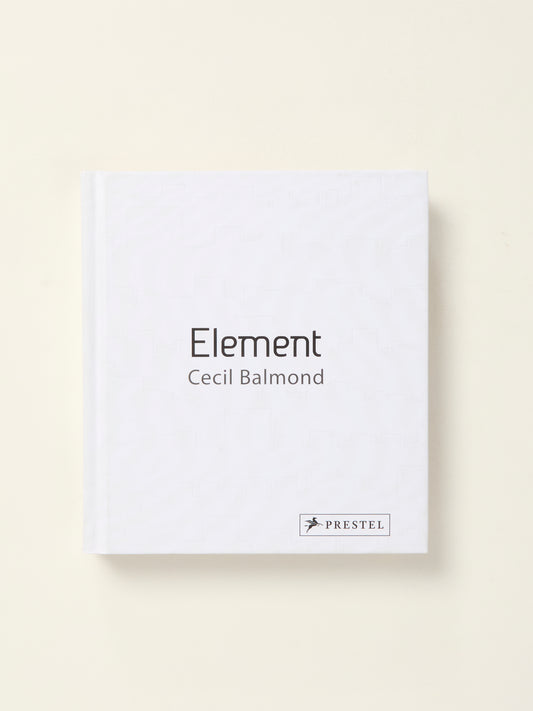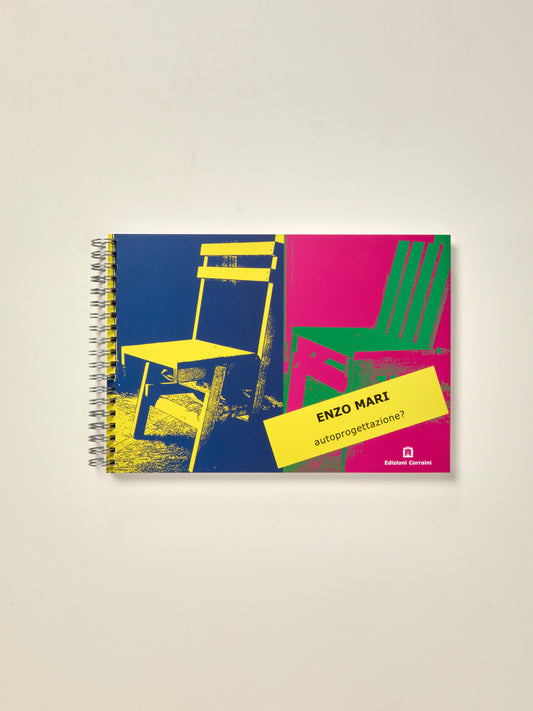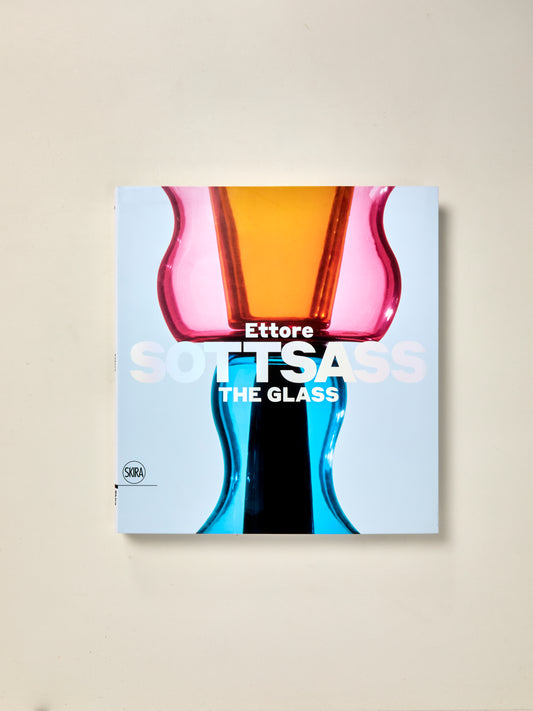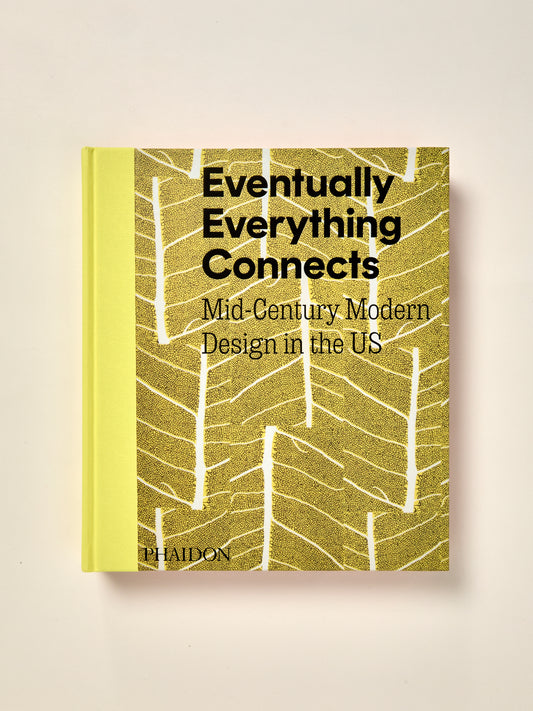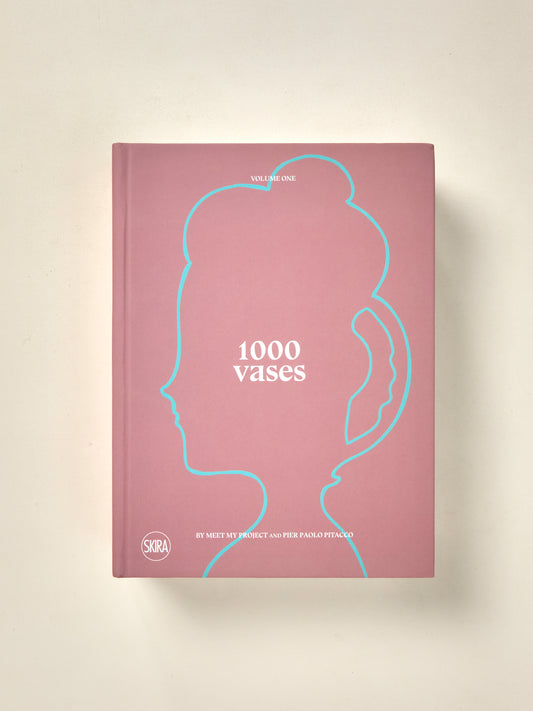

Isamu Noguchi
Isamu Noguchi
A study of the life and works of Isamu Noguchi through 1978 examining his from illustrations & sculpture to furniture and landscape architecture. Includes biographical text with illustrations in color and black and white throughout. A must have for any Noguchi collector.
From the dust jacket:
IF ANY SINGLE LIVING ARTIST may be said to sum up in his life and work the sources and sensibilities that characterize the art of the 20th century, it is the American sculptor Isamu Noguchi. Noguchi was born in 1904 in Los Angeles. His father was Japanese, his mother American. As a child, he was taken to Japan, where he lived till he was fourteen, then returned home to continue his education.
When Noguchi decided to become a sculptor he studied with the American academic-realist Gutzon Borglum. Later, he went to Paris and worked with the great Rumanian abstract sculptor, Constantin Brancusi. In Paris he also became familiar with the works of Picasso, Giacometti and Calder. Returning to America in the 30s, Noguchi pursued both lines of influence, supporting himself by accepting commissions for portrait sculpture while exploring abstraction. Also during the 30s Noguchi travelled extensively through the Far East. In China he studied calligraphy and in Japan he learned the principles and practice of Japanese ceramics and garden design.
More and more concerned with sculpture as a total environment, Noguchi began designing stage sets for Martha Graham's dance company in 1935. On stage, his elegant abstractions - mysteriously lighted - became elements in Graham's choreography. Experimenting further, Noguchi made a relief of colored cement for a public market in Mexico City in 1936. During World War II, Noguchi developed his work by using a wide variety of materials, including paper, wood, wire, bone, metal and stone, producing works of great formal delicacy. After the war, Noguchi revisited Japan, where he came under the influence of primitive haniwa sculpture. Noguchi's subsequent works reveal an inextricable combination of Eastern and Western influences in a style that is highly personal and instantly recognizable.
The culmination of Noguchi's studies and experimentations are his landscape and garden designs, which anticipated the earth sculpture of the 1960s. Working closely with architects, Noguchi has designed sculpture gardens for UNESCO in Paris, Chase Manhattan Plaza in New York, Yale's Beinecke Library in New Haven, the Billy Rose Art Garden at the Israel Museum in Jerusalem, and the Dodge Fountain for the Detroit Civic Center Plaza.
Noguchi recognizes no limits to the application of his inventiveness and has designed furniture, lamps and interiors but, as Professor Sam Hunter points out in this book, Isamu Noguchi remains primarily a sculptor who has integrated in his own work the forms and materials of East and West to produce a body of work that retains the stamp of his own personality.
